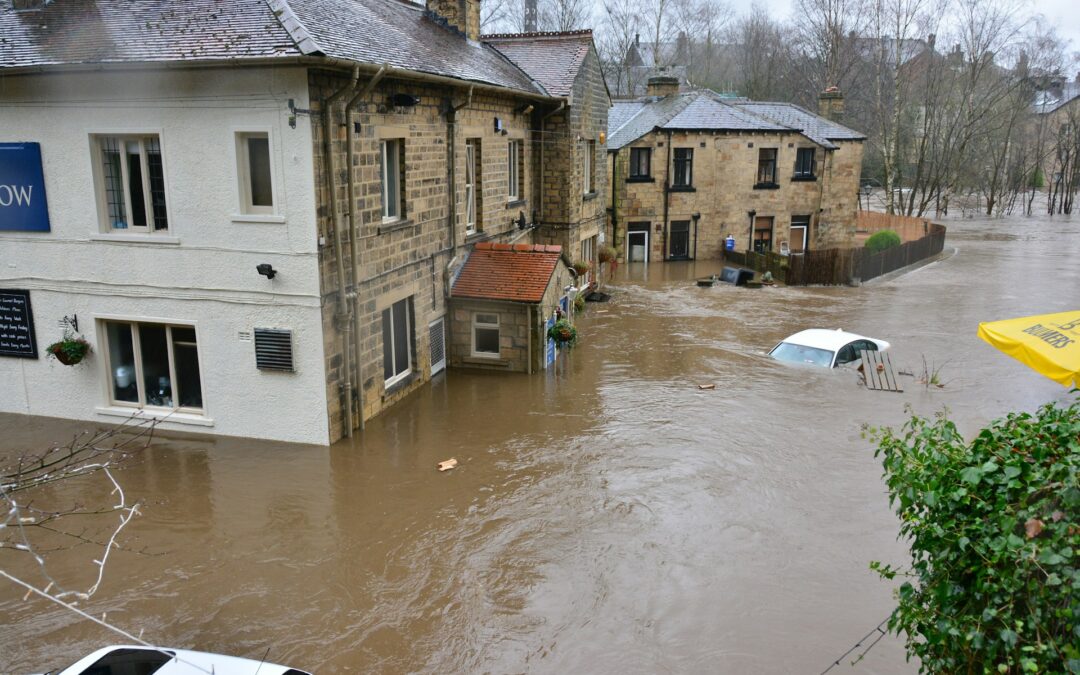A flood in your home can be a stressful and overwhelming experience. Water damage can affect many areas of your home, but carpets are particularly vulnerable. It’s essential to act quickly and efficiently to minimize damage and restore your carpets to their original condition. Understanding what to do when your home floods can make a significant difference in preserving your carpets and ensuring a safe living environment.
The first few hours after a flood are crucial. It’s important to know the immediate steps to take, such as stopping the water source and beginning the drying process. “Acting fast can save your carpets from permanent damage. Timely action helps prevent the growth of mould and mildew, which can pose health risks to your family,” advises Paul Hendry.
After addressing the immediate concerns, the next step involves assessing the extent of the damage to your carpets. This includes checking for signs of mould, mildew, and water saturation.
Professional help may be required to evaluate and restore your carpets fully. Understanding effective drying and cleaning techniques also plays a vital role in the recovery process. By following these steps and implementing preventive measures, you can protect your carpets from future flood-related damage.
Immediate Steps to Take When Your Home Floods
When your home floods, immediate action can minimize damage and prevent long-term issues. Here are critical steps to follow:
1. Ensure Safety First: Before entering the flooded area, turn off the electricity to avoid electrical hazards. Make sure everyone in the household is safe and accounted for.
2. Stop the Water Source: If the flooding is due to a plumbing issue, locate and shut off the main water supply. In cases of natural flooding, do what you can to block further water from entering your home.
3. Remove Water Quickly: Use a wet vacuum, buckets, or mops to remove standing water. The quicker the water is removed, the less damage your carpets and home will suffer. Paul Hendry advises, “Act fast to remove water and start the drying process to prevent mould and mildew.”
4. Move Furniture and Belongings: Remove furniture and other items from the affected area to prevent additional damage. Place them in a dry, ventilated space to allow them to dry out.
5. Ventilate the Area: Open windows and doors to promote air circulation. Use fans and dehumidifiers to help dry out the area. Good ventilation is key to reducing moisture and preventing mould growth.
How to Assess the Damage to Your Carpets
After taking immediate steps to address flooding, assess the damage to your carpets to determine the next course of action.
1. Inspect for Soaked Areas: Carefully examine your carpets for soaked areas. These areas will need the most attention. If the padding underneath is saturated, it may need to be replaced because it can hold water and promote mould growth.
2. Check for Mildew and Mould: Look for signs of mildew or mould, such as discolouration and musty smells. Mould can develop quickly, so it’s essential to identify and address it promptly. “Any presence of mould requires immediate professional attention to prevent health hazards,” says Paul Hendry.
3. Assess the Extent of the Water Damage: Determine whether the water damage is superficial or has penetrated deeply. Carpets soaked with clean water (from a burst pipe) may be salvageable, while those exposed to contaminated water (like sewage) often need to be discarded.
4. Evaluate Carpet Condition: Consider the carpet’s age and material. Older carpets or those made from delicate materials might not withstand extensive cleaning and drying efforts, making replacement a more viable option.
5. Document the Damage: Take photos and notes of the damage for insurance claims. This documentation will be useful when working with your insurance company to cover the costs of repairs or replacement.
By carefully assessing the extent of the damage, you can decide whether your carpets can be cleaned and restored or if they need to be replaced. This step is crucial for proceeding with effective cleaning and drying techniques.
Effective Carpet Cleaning and Drying Techniques
Once you have assessed the damage to your carpets, it’s time to proceed with cleaning and drying them effectively. This ensures your carpets can be salvaged and returned to a clean, dry state.
1. Remove Excess Water: Start by extracting as much water as possible using a wet vacuum. These machines are effective in pulling out water from deep within the carpet fibres.
2. Clean with Appropriate Solutions: Depending on the type of flooding, select a suitable cleaning solution. For clean water damage, a mild detergent and water mixture can work. For more contaminated water, stronger disinfectants may be needed.
3. Dry the Carpet Thoroughly: Use fans, dehumidifiers, and open windows to facilitate drying. Ensuring complete dryness is crucial to preventing mould and mildew. Place fans in a way that moves air across the carpet surface and underneath, if possible.
4. Steam Cleaning: If accessible, steam cleaning helps kill bacteria and eliminates odours. The high temperature of steam ensures deep cleaning of carpet fibres, leaving them sanitized.
5. Replace Padding: In cases where the padding under the carpet is wet, it’s advisable to replace it. Padding can retain moisture and lead to mould growth even after the carpet surface appears dry.
Preventing Future Flood Damage to Carpets
Taking steps to prevent future flood damage can save your carpets from repeated exposure to water and the potential for costly repairs.
1. Install a Sump Pump: A sump pump in your basement or low-lying areas can help remove water during heavy rains or flooding events. This can prevent the water from reaching your carpets.
2. Seal Cracks and Openings: Inspect your home for any cracks in the foundation, walls, or areas where water can seep in. Seal them with appropriate waterproof materials to keep water out.
3. Upgrade Your Gutter System: Ensure your gutters and downspouts are clear of debris and adequately directing water away from your home. Proper water drainage is key to preventing water from pooling around your home’s foundation.
4. Elevate Valuable Items: When possible, elevate valuable items and furniture to protect them from potential water damage. Use metal or plastic risers to lift furniture off the ground slightly.
5. Regular Maintenance: Regularly inspect and maintain your home’s drainage systems. Keeping them in good working condition will help prevent water buildup during storms.
6. Use Water-Resistant Carpets: Consider installing water-resistant carpets in areas prone to flooding. These carpets are designed to withstand water exposure and dry faster than regular carpets.
Flooded Carpet? Here’s How to Handle It
Dealing with a flooded home requires swift action and knowledgeable steps to mitigate damage. From immediate actions and evaluating the extent of the damage to employing effective cleaning techniques and implementing preventive measures, there are multiple layers to ensuring your carpets are well taken care of.
With proper care and maintenance, you can extend the lifespan of your carpets and minimize the impact of future flooding events. For comprehensive flood clean-up services in Oakville, including expert carpet cleaning and protection advice, reach out to Carpet Care Solution.
Their experienced team will help restore your carpets to their original condition, ensuring your home remains a safe and comfortable space. Contact Carpet Care Solution today at (905) 819-0462 to safeguard your carpets and home from future floods.





